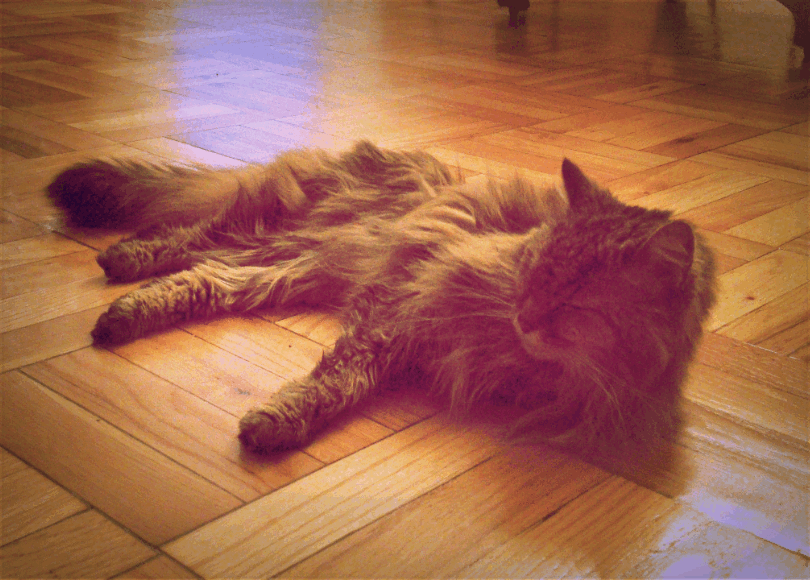Hanging in the entrance, right above the chair where parents wait for their children to finish class, we have a tongue-in-cheek poster from the Horn Book magazine called “Unlucky Arithmetic: Thirteen Ways to Raise a Nonreader.”
Read that carefully: a nonreader.
The thirteen tips include such obviously bad advice as “Never read where your children can see you,” and “Put a TV and computer in every room.” Other tips may seem to follow common sense, such as “Give little rewards for reading,” and “Easy books are a waste of time.” However, even though many of us were raised to agree with those last two as good ideas for our children, research shows that these are actually bad ideas.
Children who are taught to love reading will do more of it than children who are merely taught that they should read. They will want to read more, which will expose them to more stories, more words, more new ideas. They will also have better attitudes towards required reading they are assigned if they already have many positive associations with reading for fun. Reading should also be its own reward – not money, toys, or snacks – because at some point they will be grown up and will need to motivate themselves to read.
The 13 tips from the Horn Book’s poster – or rather, the opposite of the tips – lay a great foundation for raising readers.
Model the behavior you want by reading on your own and with your children. It doesn’t matter if you read in English or another language, just that you show your child that reading is valuable, fun, and something you make time for.
Make reading accessible by having books on hand, enough light to read by, and actual places where children can read. Unless you get insomnia, absolutely read in bed – it is a comfortable, safe place which will translate into your child feeling that books provide comfort and safety as well.
Encourage re-reading, and encourage reading many levels. Books are like friends, and can be comfortable like an old friend or exciting like a new one. Modern picture books often have high-quality art, as well as literary merit, two characteristics which young readers may not yet appreciate. A high-school student can learn something about the arts, design, communication, and writing from a good picture book, even if the words and plot no longer challenge her.
If you are looking for good books to share with your children, the Horn Book is an excellent place to start. In addition to interviews with, and articles by, some of the biggest talents in the industry, the magazine publishes in-depth reviews of children’s literature. Most local libraries carry it and you can usually take home any issues except the most recent one.




